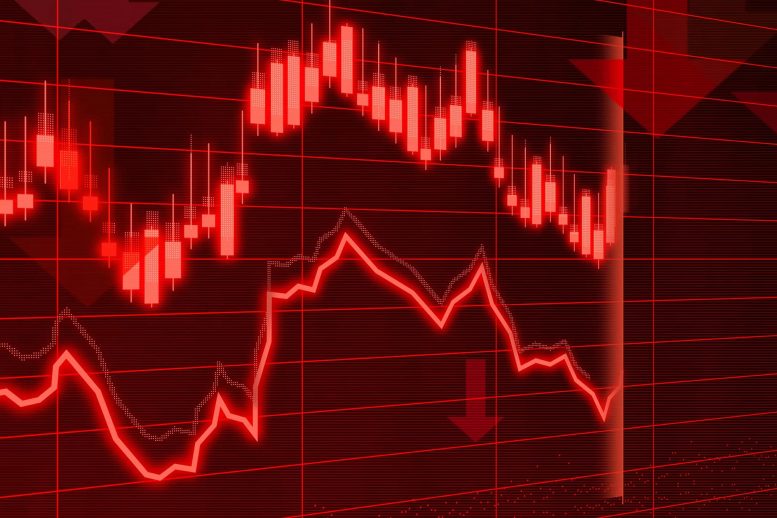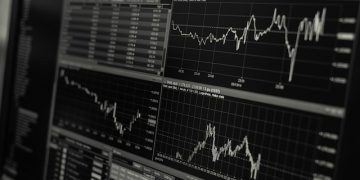
Why businesses need the climate-equivalent of a ‘weather service.’
The findings are published in the prestigious journal, Nature Climate Change, and calls on businesses, the financial services industry and regulators to work more closely with climate scientists.
Regulators and governments — both domestic and international — are increasingly requiring that businesses assess and disclose their vulnerability to the physical effects of climate change, for example, increased drought, bushfires, and sea level rise.
“People are making strategically material decisions on a daily basis, and raising debt or capital to finance these, but the decisions may not have properly considered climate risk,” said lead author Dr. Tanya Fiedler from the University of Sydney Business School.
“To assess the physical risks of climate change, businesses are referencing climate models, which are publicly available but complex. The problem arises when this information is used for the purpose of assessing financial risk, because the methodologies of those undertaking the risk assessment can be ‘black boxed’ and in some instances are commercial in confidence. This means the market is unable to form a view.”
Co-author on the paper, Professor Andy Pitman from the University of New South Wales, said: “Businesses want to know which of their assets and operations are at risk of flooding, cyclones or wind damage and when, but providing that information using existing global climate models is a struggle. There is, of course, very useful information available from climate models, but using it in assessing business risk requires a bespoke approach and a deep engagement between business and climate modelers.”
Professor Pitman, Director of the ARC Centre of Excellence for Climate Extremes, added: “A whole host of issues can trip up the unwary, ranging from the type of model, how it was set up, how changes in greenhouse gases were represented, what time period is being considered and how “independent” of each other the different models truly are.”
To address the gap between science and business, a paradigm shift is needed.
Professor Christian Jakob from Monash University, another co-author of the study, said: “Climate modeling needs to be elevated from a largely research-focused activity to a level akin to that of operational weather forecasting — a level that is of tangible and practical value to business.”
Without such an approach, the paper highlights some of the unintended consequences arising from climate information being used inappropriately.
“As with any form of decision-making, businesses could be operating under a false sense of security that arises when non-experts draw conclusions believed to be defensible, when they are not,” Dr. Fiedler, an expert at the University of Sydney’s Discipline of Accounting, said.
“Our study proposes a new approach with deep engagement between governments, business and science to create information that is fit for purpose. Until this happens, your best bet is to go to the source — the climate modelers themselves.”
Reference: “Business risk and the emergence of climate analytics” by Tanya Fiedler, Andy J. Pitman, Kate Mackenzie, Nick Wood, Christian Jakob and Sarah E. Perkins-Kirkpatrick, 8 February 2021, Nature Climate Change.
DOI: 10.1038/s41558-020-00984-6




